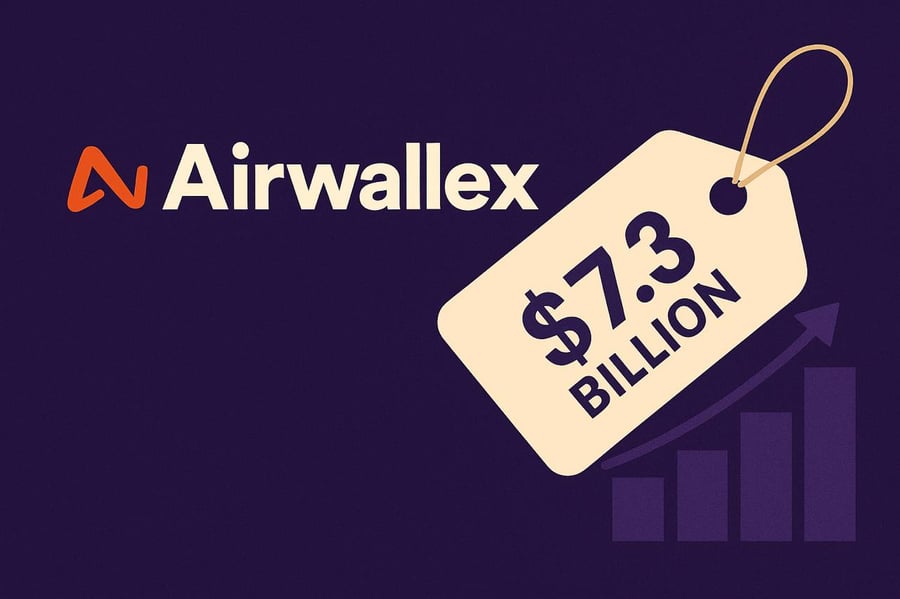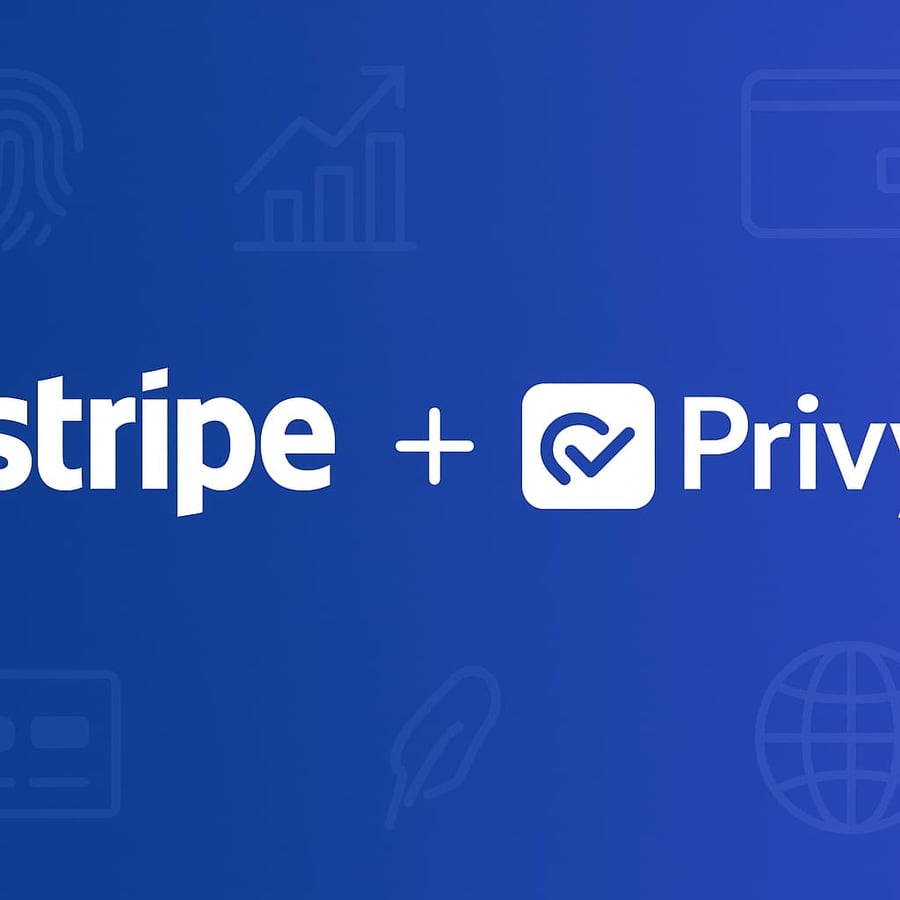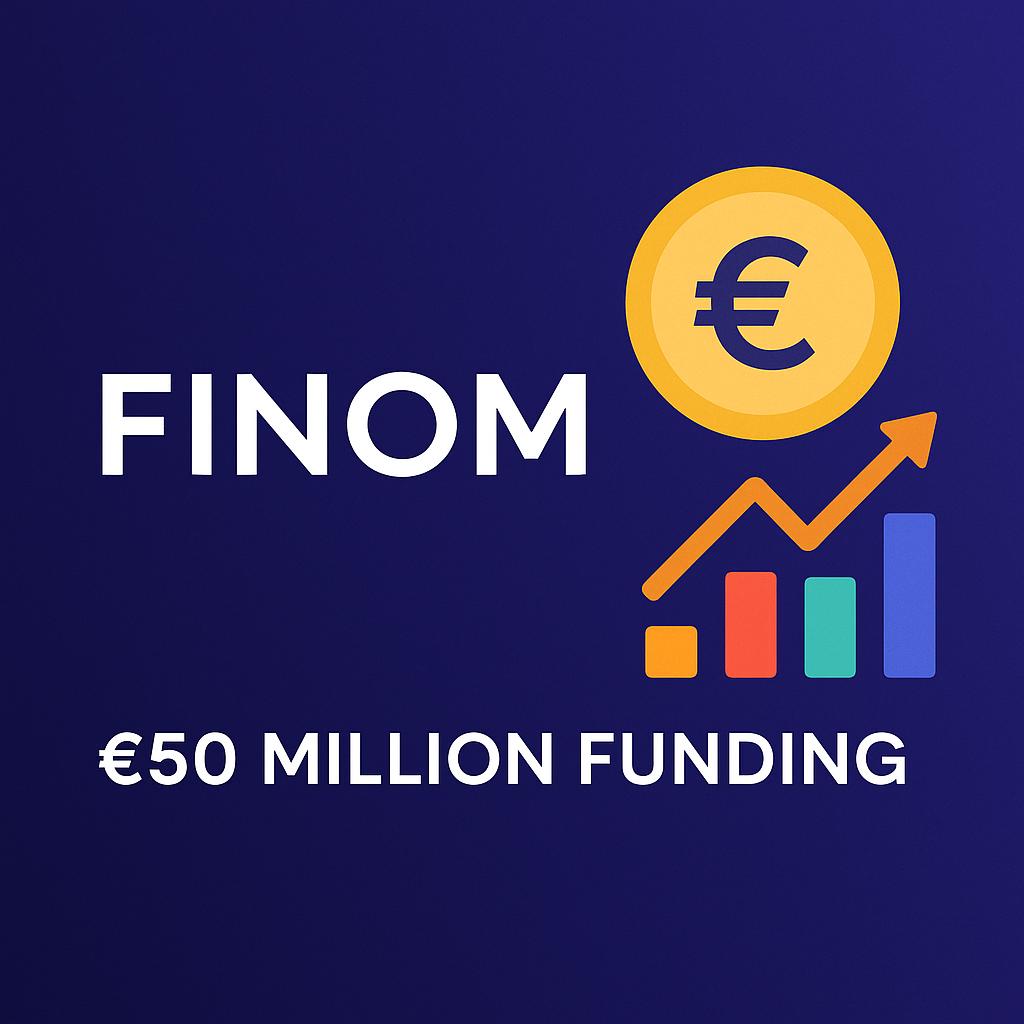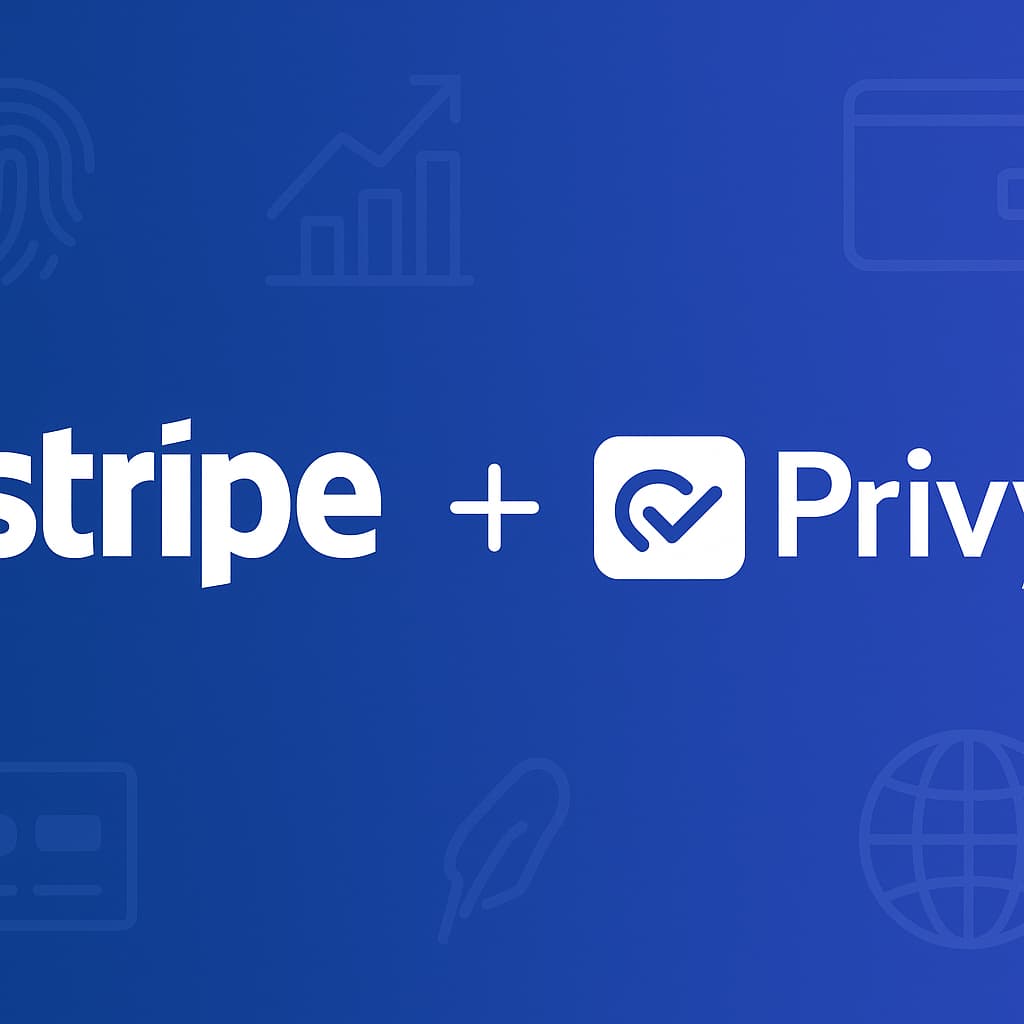Finom’s Rapid Fundraising: Strengthening SME Banking and Fintech Infrastructure Across Europe
Introduction
Finom’s latest funding round is more than another capital raise—it’s a signal of speed, market readiness, and strategic focus.
In just a few years, Finom has consistently recruited funds at an impressive pace, positioning itself as a serious player in the European SME fintech space.
At Obtained.com, we don’t just follow headlines. We analyze how these deals fit within the larger trends shaping fintech, licensing, and payments.
Finom’s Funding Timeline: A Rapid and Consistent Trajectory
Finom’s Funding Journey:
2020: €6.5 million seed round to launch its core SME banking and invoicing platform.2021: €16.5 million Series A extension to scale its payment rails and develop multi-currency accounts.
2024: Latest €50 million growth-stage investment from existing and new growth equity investors.
Why Finom’s Fundraising Stands Out:
In a market where many fintechs are experiencing slower deal cycles or struggling to close rounds, Finom’s ability to rapidly recruit capital—especially in a tight funding environment—is exceptional.
The company’s:
- Proven product-market fit
- Strong licensing roadmap
- Clear focus on API-powered payment orchestration
...make it a magnet for capital even as the broader market tightens.
Finom’s Market Strategy: Laser-Focused on SMEs and Payment Infrastructure
Finom isn’t trying to be everything to everyone. Its focus is sharp: SMEs, freelancers, and micro-businesses.
Finom’s Strengths:
API-first payment orchestration ready for seamless accounting and PSP integrations.Multi-currency accounts built for cross-border operations.
Localized onboarding that matches the fast-paced needs of SMEs.
Key Comparisons:
- Qonto: Strong European presence but primarily scaling with larger SMEs.
- Holvi: Micro-business focused, but lacking the cross-border agility Finom offers.
- Revolut Business: Broader product set, but Finom outpaces on licensing flexibility and SME-specific services.
Finom’s competitive edge? Speed, compliance, and SME-centric design.
Licensing Strategy: The Fintech Growth Enabler
Finom’s growth isn’t only about technology—it’s backed by smart licensing moves.
Key Regulatory Steps:
Holds an Electronic Money Institution (EMI) license as the foundation for its regulated payment services.Expanding passporting rights across the EU to strengthen cross-border capabilities.
Actively preparing post-Brexit licensing structures to retain UK market access.
Scaling AML and KYC infrastructure to meet the European AML Authority’s incoming tighter standards.
At Obtained.com, we consistently see fintechs with strong EMI structures and scalable compliance winning faster PSP onboarding, smoother cross-border entry, and better M&A outcomes.
Finom’s M&A Potential: Buyer, Seller, or Both?
This new capital gives Finom the flexibility to either acquire smaller players or position itself for acquisition by larger fintechs or banks.
The European M&A Landscape:
- Larger fintechs are consolidating EMI license holders to expand faster.
- Banks are acquiring agile payment facilitators to modernize payment rails.
- Cross-border capabilities and scalable APIs are now M&A value drivers.
Finom is ready on both fronts:
- It could absorb smaller regional competitors to accelerate growth.
- Or it could become a prime target for fintechs or banks looking to enter the SME segment with an advanced payment infrastructure.
Recent Similar Fintech Fundraising: A Growing Pattern
Finom is not alone in this accelerated fundraising push. Several fintechs in Europe and globally are raising fresh capital to either scale their payment orchestration layers, improve regulatory coverage, or expand their cross-border offerings.
Notable Recent Fintech Funding Examples:
Qonto (2022): Raised €486 million in Series D to expand across Europe and deepen its SME banking stack.Payhawk (2023): Raised $100 million to grow its expense management and cross-border payment capabilities.
Plum (2023): Closed a $15 million round to scale its B2B payment orchestration tools.
SumUp (2023): Secured €590 million to grow its merchant payment ecosystem and multi-currency settlement features.
Airwallex (2024): Closed a $165 million Series E1 round to expand payment rails and SME services across Asia and Europe.
The Takeaway:
Speed matters.
Companies that can rapidly recruit funds, scale regulatory structures, and strengthen cross-border payment orchestration are attracting serious capital.
Finom’s pace, niche focus, and API-first delivery place it firmly among the leading players in this next wave of SME-focused fintech growth.
Final Thoughts from Obtained.com
Finom’s growth story is a clear example of what works in today’s fintech environment:
A focused customer segment (SMEs)Deep licensing and regulatory planning
API-powered payment orchestration
Strategic readiness for M&A
At Obtained.com, we help fintechs like Finom build the foundations for scalable growth—from EMI licensing and banking rails to payment orchestration and acquisition support.
If you’re ready to scale, merge, or expand cross-border, let’s build the infrastructure that will get you there.
RELEVANT POST
Subscribe to Our Blog
Related Posts

Airwallex Secures $7.2B Valuation: Why Fintech Infrastructure and Cross-Border Banking Rails Still Dominate

Stripe Acquires Privy: Expanding Control Across Fintech and Crypto Rails



